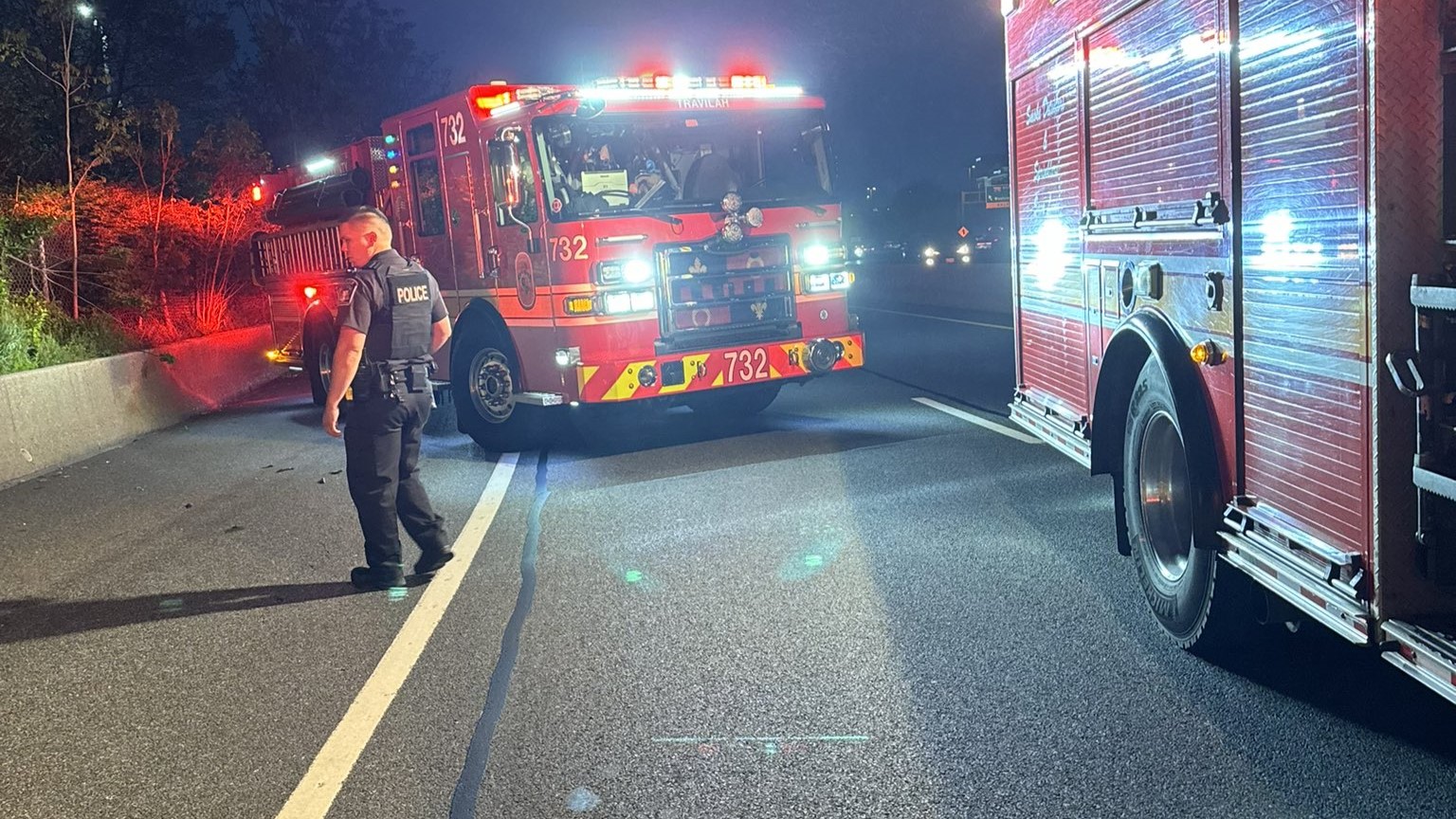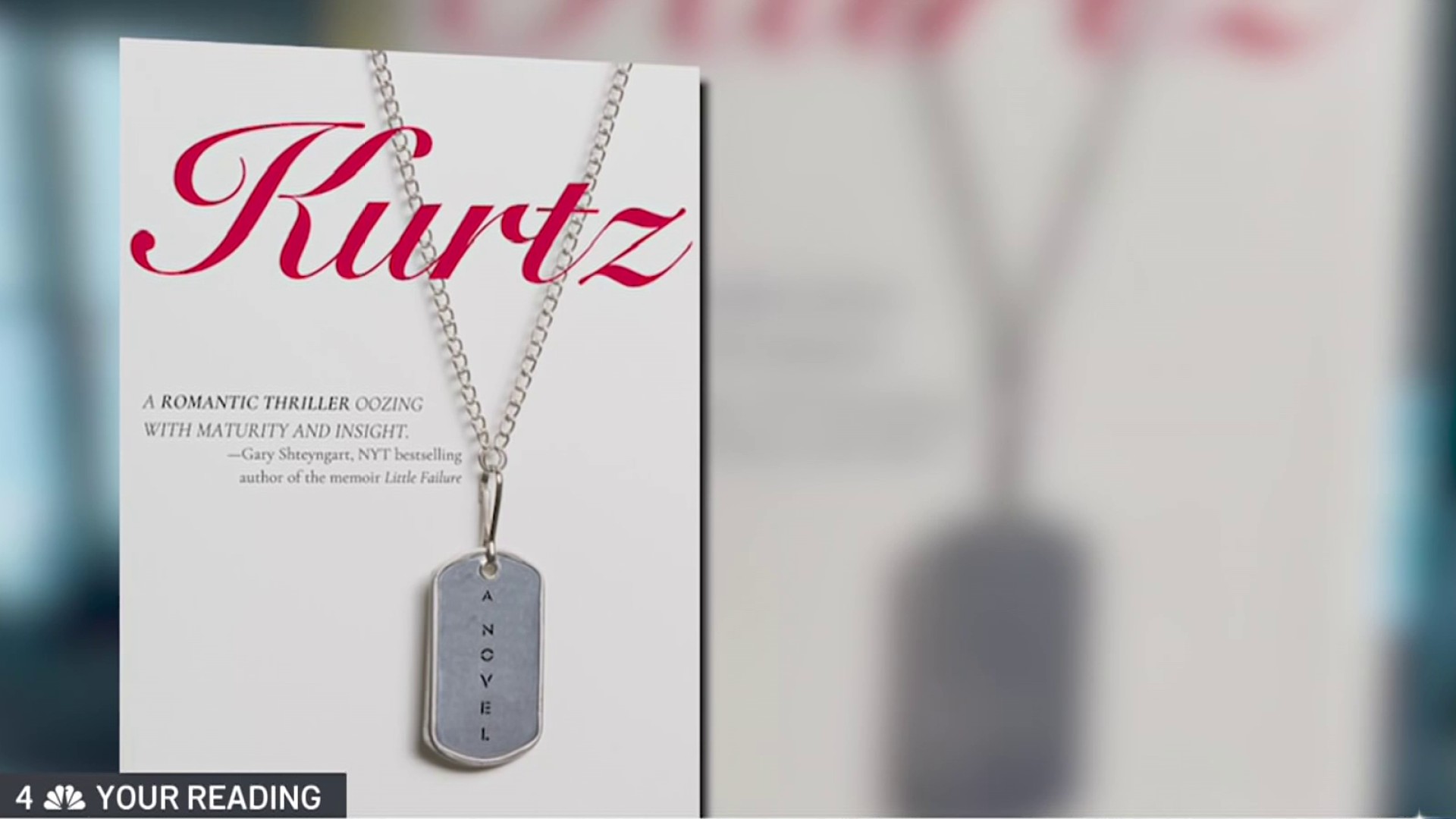As Virginia prepares to execute John Allen Muhammad on Tuesday for murdering Dean Harold Meyers at a gas station in Manassas, the memories from those terror-filled days have been echoing throughout the area.
“I don't think anybody felt safe,” said Easter, now 82. “I was afraid to go out in my yard.”
Paula Jean Hallberg, 54, of Silver Spring, felt a shiver every time she walked across the her YMCA's wide-open parking lot.
“I would move about a lot,” she said.
Ginger Pinchot, 67, a learning specialist from Kemp Mill, would start the gas pump and then sit inside her car.
“It was just that random feeling,” she said. “It feels like a roulette wheel when you don't know where it's going to hit next.”
It started on an early October evening seven years ago, when James D. Martin was shot dead in the parking lot of a grocery store in Wheaton, a northern Washington suburb.
Local
Washington, D.C., Maryland and Virginia local news, events and information
Early the next morning, a landscaper was fatally shot in nearby Rockville, also by a .223-caliber bullet. Then a cabbie, at a gas station not far away. There was another shooting a half-hour later just up the road -- a woman slain as she sat reading on a sidewalk bench. Within 90 minutes, another woman was gunned down while vacuuming her van at a service station.
Then it spread.
A sniper killing that night in Washington moved the killings south. The next day, a woman was wounded in a craft store parking lot in Fredericksburg, Va., 50 miles from D.C.
People stayed indoors, afraid to go shopping or pump gas. Authorities on television recommended ways to avoid becoming targets. Schoolchildren were kept inside at recess and drilled on duck-and-cover techniques.
Then came a lull -- three days without a shooting. But on Oct. 7, 13-year-old Iran Brown was shot in the chest as he was dropped off at school in Bowie, Md., just east of Washington.
There were three more fatal sniper shootings in Virginia the next week, followed by another break -- three days. Four. Five. Just long enough for people to relax, at least a little.
“We were thinking everything was going to be OK,” said retired school teacher Bernice Easter, of Wheaton.
It wasn't.
On Oct. 19, a man was shot outside a steakhouse in Ashland, Va., about 80 miles south of Washington. Three more days passed quietly. Then bus driver Conrad Johnson was killed in Aspen Hill, Md., not far from where the shootings began.
On Oct. 24, police finally captured John Allen Muhammad and teenage accomplice Lee Boyd Malvo at a rest stop 50 miles northwest of D.C. The nerve-tingling terror that had gripped the region's 5.4 million people and captivated the nation was over.
But it changed things for those in the area.
Steve Murchake, 59, a tax accountant from Silver Spring, Md., remembered helicopters roaring overhead seemingly every morning as he started his commute to Herndon, Va., and the checkpoints that snarled Beltway traffic after nearly every shooting. Police focused on white utility vans and white box trucks, which witnesses had spotted -- coincidentally, it turned out -- near some of the shootings.
House painter Jose Romero, 39, of Silver Spring, parked his white van and took his car to work to avoid being stopped by police. Like everyone else, he imagined cross hairs trained on him whenever he stopped for gas.
“Keep moving around, don't be a target -- that's what I heard on the news,” Romero said.
Christian Torrenegra said he and his friends at Newport Mill Middle School in Kensington quit walking to a nearby mall after school and took the bus straight home instead. Safe on board, they made a game of pretending to spot the sniper.
“It was like, 'Oh, I see the van!'” said Torrenegra, now 19 and a student at Montgomery College. “We didn't want to take it seriously because we were so young, but at the same time we were scared.''
Rachel Pinchot, Ginger's daughter-in-law, said she still hasn't been able to bring herself to go back to the Aspen Hill grocery store where James Martin was killed.
Such lasting effects aren't surprising, said N. Kyle Smith, associate professor of psychology at Ohio Wesleyan University. Negative news tend to influence one's behavior more strongly than positive information, he said, and the contagion of group anxiety can intensify one's emotional response.
“Even though the fear is gone, the effect on their behavior can still linger,” Smith said.
Montgomery County's Mental Health Association received hundreds of calls from apparent first-timers during the sniper period, executive director Sharon E. Friedman said. Many were parents seeking advice on dealing with both their children's fears and their own.
“We advised people to try to stick to their routine as much as possible,” even if it meant exercising at home instead of the gym, she said. “The routine is a comforting thing.”
At Brookside Gardens, a botanical park in Wheaton, a granite monument to the region's 10 slain sniper victims invites quiet reflection on a time that was anything but tranquil. Spokeswoman Leslie McDermott said she hopes Muhammad's execution will bring calm at last.
“I think everybody was victimized,” McDermott said. “I think everybody lost a sense of freedom and innocence during that time. They were scared.''



